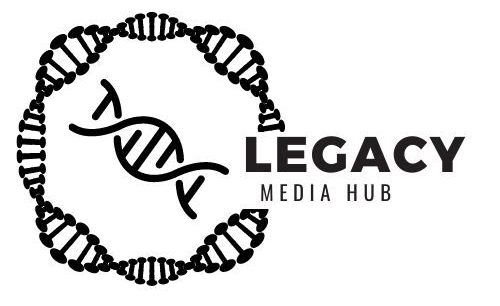Commercial story telling in the age of big data
Paul Thies, formerly Vice President of Thought Leadership at Thomson Reuters.
The power of culture is amazing and C-suite execs ignore culture at their own peril. Culture allows leaders to reach into the hearts and minds of employees, giving their messaging an air of authenticity that builds trust.
More and more companies seem to be taking an interest in thought leadership. Naturally to learn about commercial story telling in the age of big data is a necessity!
How would you describe what it is, and what is driving interest in it?
Thought leadership is the ability to demonstrate an organisation’s intellectual muscle and the quality of its people, producing content that cuts through the noise.
It engages an audience and enables you to rise above the world of content.
Trust more and more is a commodity – how do you build it, especially with all your content? Thought leadership enables your business to establish trust by engaging the audience in a conversation without leaving them feeling they are being sold to. It uses the principles of good storytelling to build closer relationships.
Social media is so much more effective than banner ads and adwords, because customers have learned to ignore much of advertising messaging.
Being more sophisticated and more collaborative is important, and time should be invested into working out better ways to reaching your audience.
How would you describe your approach to content creation in a commercial setting?
Provide a compelling solution to a compelling problem and showcase the people behind the solutions.
As an example, Paul discusses a project he did on artificial intelligence. In this campaign, he involved a number of experts from within the AI space and put them together to share their perspectives. At the same time, he showcased his company as being involved at the centre of the discussions with these experts, expanding the dialogue to explore the topic. The campaign showed how the company is staying ahead of the customer to bring them along on the journey.
Cool stories are important as everyone wants to share them, so creating them is key. We discuss how creating amazing content is key to success, recognising the needs of the audience. Businesses need to remember that we are dealing with 5 generations in the workforce and things need to be thought about carefully to understand what works with various generations.
People have more time now to look for cool content to share, and the digital natives are now taking more powerful positions in business. People are not as excited about products as they once were, so thought leadership content differentiates the brand experience, while being true to yourself and building trust with your audience.
There are different points of view on how much emphasis an organisation should place on individual spokespersons, versus the brand (or its products and solutions), when producing thought leadership content.
What is your take on what constitutes the right balance on spokespeople versus the brand?
There are different takes on this and some companies are reticent about leveraging their employees as brand spokespeople. Some invest heavily in c-suite execs who are less likely to jump ship, while other organisations invest in people who are more mid-level managers.
Every year, Edelman puts out its Trust Barometer, and it ranks people and organisations on trustworthiness. Regular employees regularly outrank executives, as audiences are much more willing to trust regular employees over execs.
Leveraging the power of the employees to share your story can be powerful. We live in a diverse world, so leveraging this is key by helping them become ambassadors. Social sharing programs are big; and though time can be a difficult commodity when people have a job to do, the rewards are big.
When producing content should a company be reticent about including other brands, companies or external spokespersons? Does it detract from the author organisation’s messaging?
It is natural to want to promote the company first, yet there is a lot of power in collaborating and cross promoting with key influencers on certain topics.
Paul explained about a campaign where he interviewed a variety of influencers. This allowed him to reach a large built-in audience on Twitter and thereby exposed the company’s website and content to many more visitors. Cross-promoting is like the tide rising all boats; it helps your company and the other entities at the same time. It also helps elevate your standing by working with key influencers.
What role do you see things such as keywords and search engine optimisation (SEO) playing in content creation?
How should communicators effectively use them (rather than being used by them)?
Using data analytics to drive good storytelling in the age of big data gets Paul excited. It is so important in the day and age of big data – identifying key influencers and topics that you need to target is really important. You will want to do the research on what the audience is really interested in, as it will help you work out what sort of topics to drill down on and who to collaborate with (in terms of social media influence).
If you would like to contact Paul Thies on LinkedIn
You can also grab more information Secrets of Audience Research – Brand Storytelling with Content Marketing

